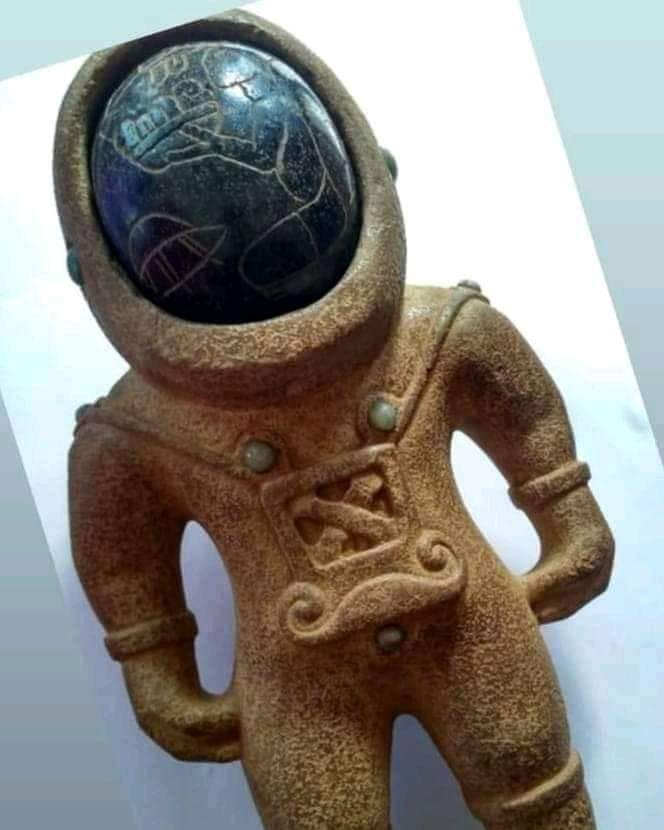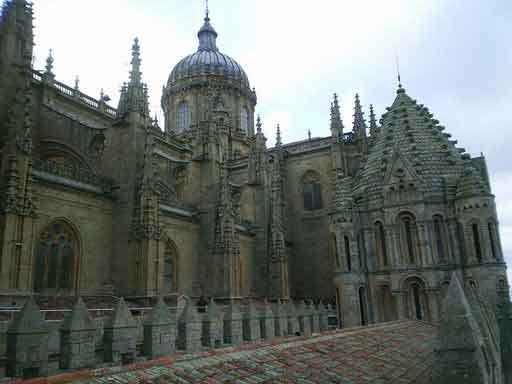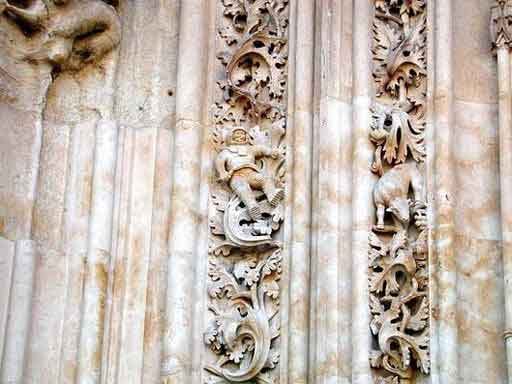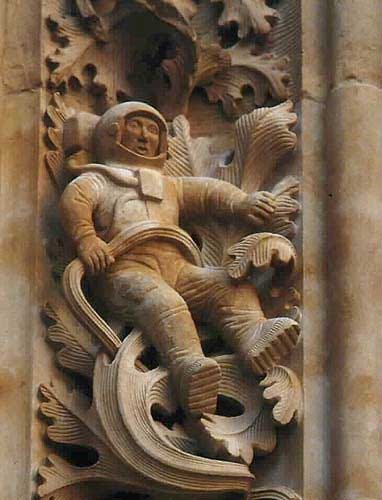Ancient aliens
For reasons that are a bit historically complex “ancient aliens” — that is, theories around paleocontact — have become synonymous with fun and harmless conspiracy theory. But they really aren’t harmless.
Some theories of paleocontact might have been, in the past. One thread of paleocontact investigation came from people like Carl Sagan, and was respectful of traditional cultures. The idea of Sagan and Shklovskii was that there was a very small chance that aliens had made contact with humankind in the past, but if they had there might be some clues in oral traditions. This line of inquiry, which Sagan considered tapped out by the end of the 1970s, is not bad. But it’s not the line of “ancient aliens” fascination we see today.
The line of ancient aliens crap we see today comes out of a series of books in the 1970s, and is largely an explanation of how colonized peoples such as the Egyptians and the Aztecs could have produced brilliant feats of engineering and culture. And the answer the “investigators” give isn’t “doesn’t that question have some racist assumptions?” The answer for these investigators is “aliens!”
Anyway, I bring this up because while I think, like Sagan, that it might be comforting to think we are not alone in the universe, a lot of supposedly fun ancient aliens stuff on the web is a couple clicks away from some pretty racist stuff, and it might be good to alert your students to that. When you say “How did the pyramids get built? Could it be aliens?” there’s a lot of ugly stuff underneath that which is not always immediately evident.
Man, way to bring down the mood. Let’s pick up the energy level by debunking some bullshit!
This is something that recently showed up recently on TikTok. An “ancient astronaut” in a newly discovered statue, a statue that is “3,000 years old”!
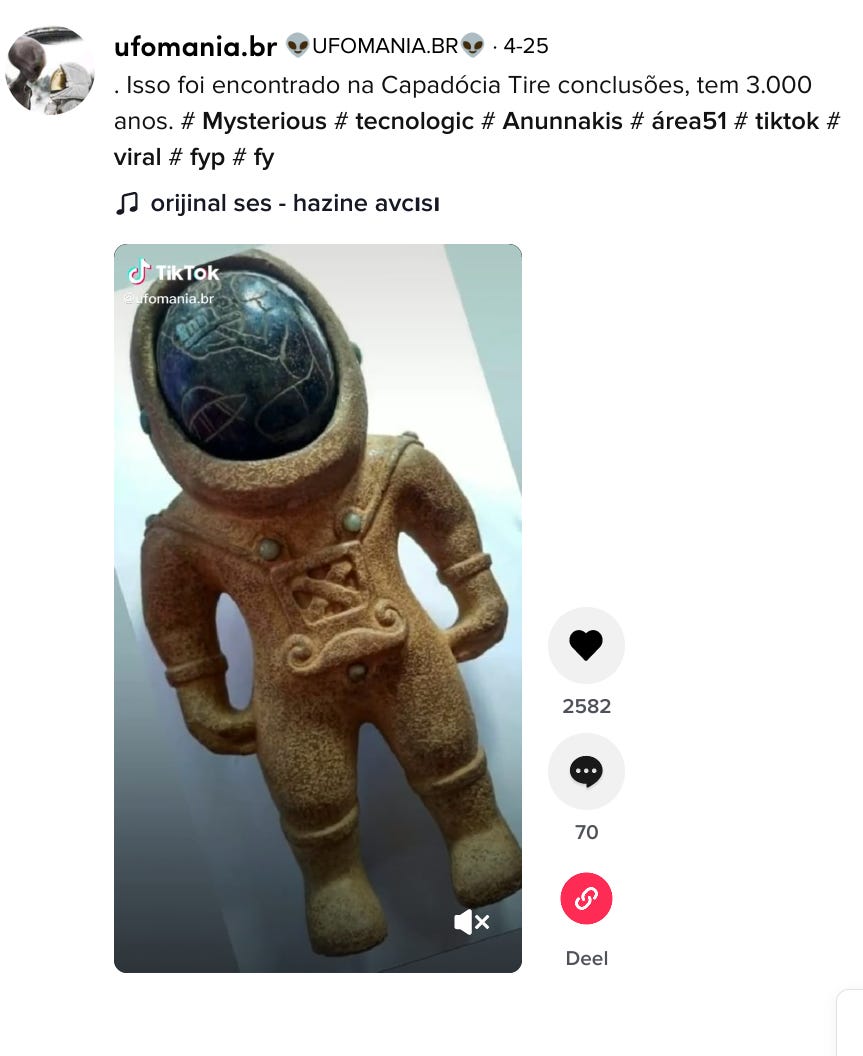
The picture is also on Facebook, and we reproduce it here:
If we reverse image search it on Google it auto-suggests the term “artifact”. But that only turns up some Twitter accounts, which is weird for a 3,000 year old statue. Again, as with the DeWine tweet, what we’re doing here is not going after truth directly, but seeing if the indicators on the web are consistent with what this claims it it. In the DeWine example, we would expect a governor to have a lot of followers, and he did have a lot of followers. Consistent. In this case we’d expect a stunning discovery to have some news coverage, and, well…
So here’s where I mention that in many cases absence of evidence is actually evidence of absence. Meaning, it’s a bit odd that I can’t find something on this supposedly new and ancient find. But that’s with the Google suggested term “artifact” — what if I choose a new term?
I choose statue, which is a term that doesn’t have what Sam Wineburg and I have started calling a “tell”. It’s boring, which makes it a good initial term. Boring terms are good. (Honestly, a lot of times I reverse image photographs with the search term… wait for it… “photograph”).
When we use statue, some other stuff comes up. Reddit shows up, and this is a good chance to tell your students that when other sources fail, go to Reddit and see if someone has linked to a source in the comments.
Reddit has problems, but its great strength is that it's a "bring links” culture. And in this case Reddit is not impressed. People there think it’s fake, and they could be wrong. But notably the person posting it has no link to an article on this discovery, or if it is a museum piece, a link to the museum. And no Redditor could find a link either.
Here’s what I’d say at this point: it’s fishy. And unless you’re just dying to post this thing, I’d take a pass. If someone really did find this in Turkey, as indicated, you’ll see stories in a few weeks, and can post then. For now, just take a pass. Sometimes deciding something is fishy is enough to get on with your life.
Now that’s probably not a satisfying conclusion for your students, so let’s give them one that they can trace to a firm conclusion.
Here’s a church in Salamanca, Spain. It dates to 1102. It’s old!
But in the architecture, at least according to a chain email your Mom got, there’s something very weird. Could it be… an ancient alien?!?!?
Now look at this — this isn’t some random statue. This is a fricking astronaut on a medieval church. So what gives? Again, roll this out with students incrementally, letting each student answer part of the mystery:
Is the picture fake?
Is the picture of the astronaut real, but not on this church?
Is the astronaut real, and on this church, but there is more to the story?
If you search on the astronaut with reverse image through Google, at present it will introduce the student to both a decent Wikipedia page, and the excellent travel, history, and culture blog Atlas Obscura. Take the time to introduce Atlas Obscura to students, as it turns out useful for a lot of things like this. And of course, always take the time to talk about how useful Wikipedia is for these sorts of investigations.
That said, I’ll leave the step-by-step walkthrough to y’all. Start by right-clicking, and go from there. I have faith!



